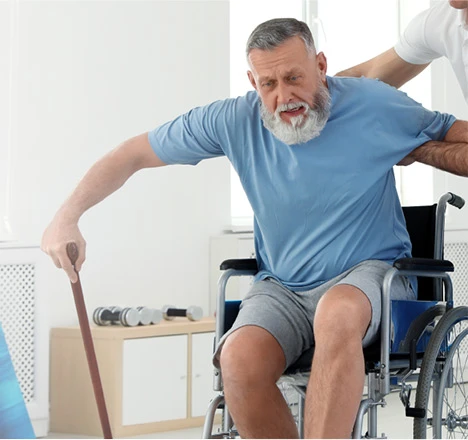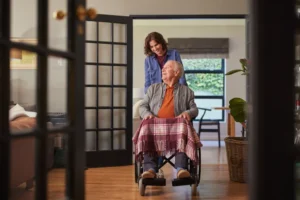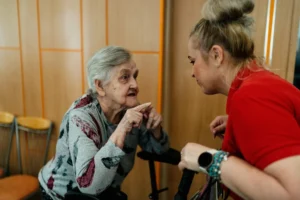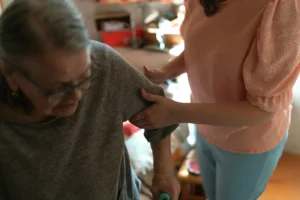A stroke is a medical emergency that occurs when the blood supply to part of the brain is interrupted or reduced, depriving brain tissue of oxygen and nutrients. This can result in the rapid death of brain cells and potentially lead to permanent brain damage or even death.
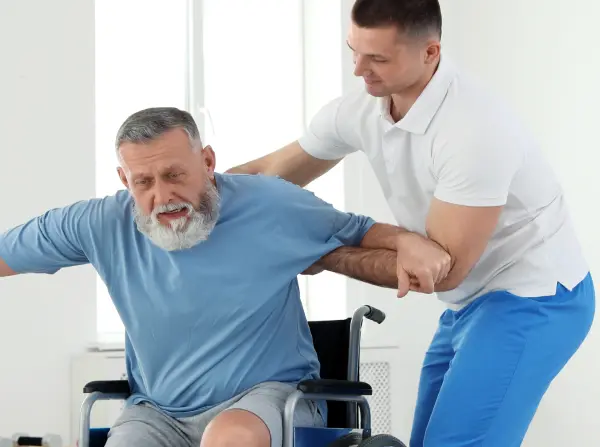
Strokes can have various causes, including blockages in blood vessels (ischemic strokes) or bleeding in the brain (hemorrhagic strokes). Understanding the stages of a stroke is crucial for recognising symptoms, seeking prompt medical attention, and initiating appropriate treatment.
By recognising the signs of a stroke and understanding its stages, individuals and healthcare providers can take proactive steps to minimise damage and improve outcomes for those affected by this serious condition.
Once you understand the signs and stages of a stroke, the stroke recovery phase then becomes a little easier.

Onset of Symptoms
The onset of stroke symptoms can vary depending on the type of stroke and the area of the brain affected. However, common symptoms often appear suddenly and may include:
- Weakness or numbness on one side of the body, often affecting the face, arm, or leg.
- Difficulty speaking or understanding speech.
- Sudden confusion or trouble with vision in one or both eyes.
- Trouble walking, dizziness, or loss of balance or coordination.
- Severe headache with no known cause, especially if it occurs suddenly and is accompanied by other symptoms.
Recognising and responding to stroke symptoms quickly can greatly improve the chances of survival and minimise long-term disability.
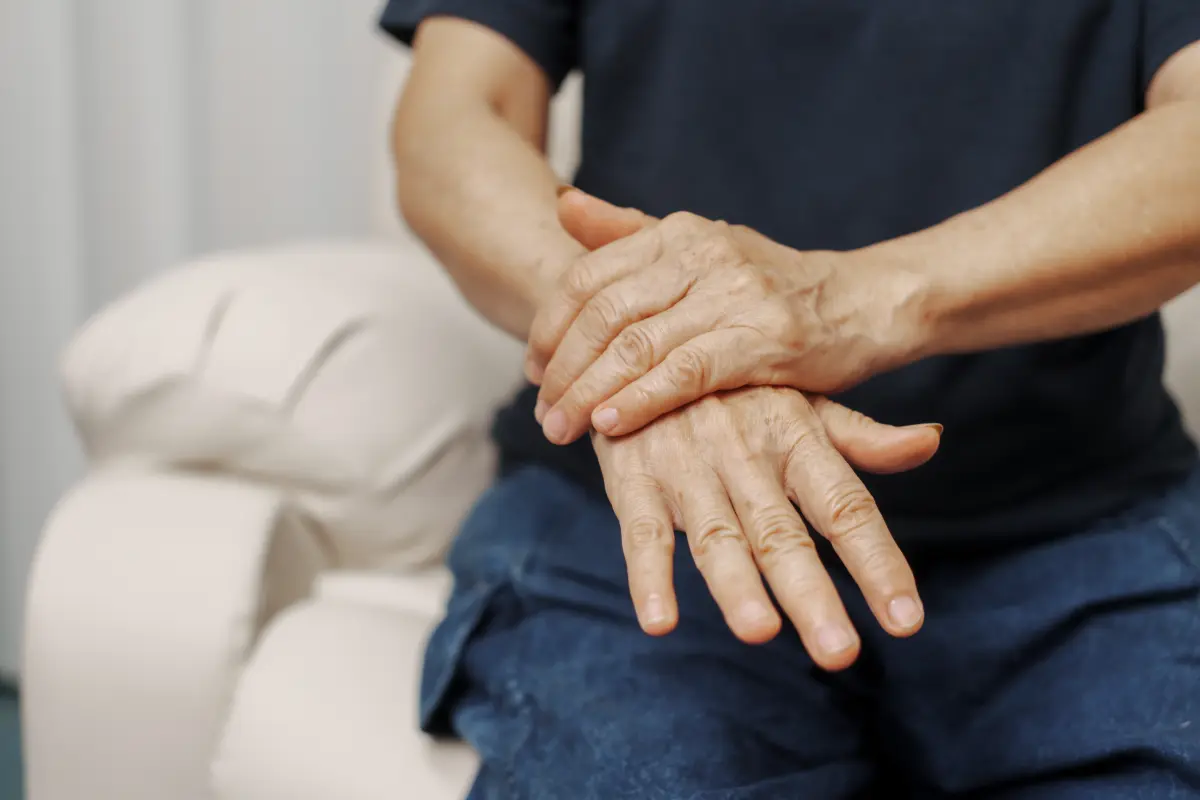
The Acute Phase
In the acute phase, individuals suspected of having a stroke are usually taken to the hospital for emergency evaluation and treatment. Diagnostic tests, such as brain imaging scans (such as CT or MRI scans) and blood tests, are performed to determine the type and severity of the stroke.
The acute phase of a stroke is a critical window of opportunity for intervention, and prompt medical treatment can significantly improve outcomes and reduce the risk of disability or death.
Stroke Recovery Stages
The stroke recovery phases encompass the period following the acute phase, focusing on rehabilitation and adaptation to regain lost function, maximise independence, and improve overall quality of life. These phases vary among individuals and depend on factors such as the severity of the stroke, the areas of the brain affected, and the effectiveness of rehabilitation efforts.
Stroke Recovery Timeline
This stroke recovery timeline shows the stages people go through after a stroke, from immediate treatment to long-term management. Understanding this timeline helps people, caregivers, and healthcare providers plan the best care for stroke recovery.
- Early Recovery Phase (Days to Weeks): In the immediate aftermath of a stroke, individuals may experience rapid improvements in symptoms, known as spontaneous recovery. During this phase, rehabilitation therapies, including physical therapy, occupational therapy, speech therapy, and cognitive therapy, are initiated to address impairments and promote recovery. The primary goal is to stabilise medical conditions, prevent complications, and begin the process of relearning skills and rebuilding strength and function.
- Subacute Recovery Phase (Weeks to Months): As individuals progress beyond the acute phase, they enter the subacute recovery phase, which typically lasts several weeks to months. During this phase, rehabilitation efforts intensify, focusing on improving mobility, coordination, communication, and cognitive abilities. Therapists work closely with individuals to set specific goals, develop personalised treatment plans, and monitor progress regularly. Adaptive techniques and assistive devices may be introduced to help individuals compensate for persistent deficits and facilitate independence in daily activities.
- Long-Term Recovery Phase (Months to Years): The long-term recovery phase encompasses the ongoing process of adjustment and adaptation to living with the lasting effects of a stroke. While the rate of recovery may slow over time, continued rehabilitation efforts, lifestyle modifications, and support from healthcare providers, family members, and community resources are essential for optimising long-term outcomes. Individuals may continue to make gains in function and quality of life through ongoing therapy, education, social support, and participation in leisure activities.
- Maintenance and Management Phase (Ongoing): Stroke recovery is a lifelong journey, and the maintenance and management phase involves managing chronic conditions, preventing recurrent strokes, and promoting overall health and well-being. This phase focuses on maintaining gains achieved during rehabilitation, managing any lingering symptoms or complications, and addressing evolving needs as individuals age. Regular follow-up appointments with healthcare providers, adherence to prescribed medications and therapies, and participation in stroke survivor support groups or community programs are important components of this phase.
Stroke recovery is a dynamic and individual process that requires patience, persistence, and collaboration between individuals, healthcare providers, and support networks. While the journey may be challenging, many individuals can achieve meaningful improvements in function, independence, and quality of life with dedicated rehabilitation efforts and ongoing support.
For any other complex care requirements such as dementia care, MS, MND etc, please visit our complex care menu at the top of this page.
The Impact of a Stroke
The impact of a stroke can be profound, affecting individuals physically, emotionally, and socially. Understanding the consequences of stroke is crucial for individuals, caregivers, and healthcare providers to provide appropriate support, implement effective rehabilitation strategies, and optimise long-term outcomes.
Increased awareness and understanding of stroke can facilitate prevention efforts and promote early recognition and treatment, ultimately reducing the burden of stroke on individuals, families, and society as a whole.
A team of professionals can provide expert guidance and compassionate care to optimise recovery outcomes.
With Aspire’s dedicated assistance, individuals can navigate the challenges of post-stroke recovery with confidence and resilience, fostering a smoother path towards long-term well-being and fulfillment. To learn more about how can help with post-stroke recovery, click below for more information.


